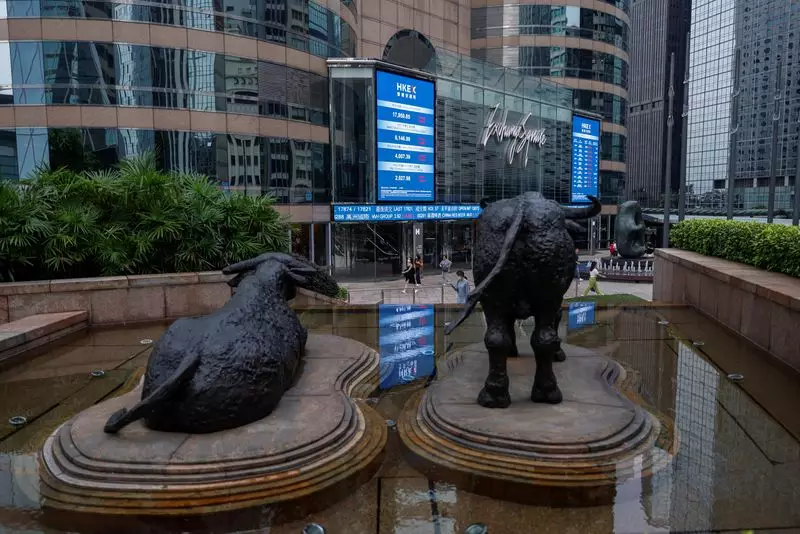Recent developments in global financial markets have sparked mixed feelings among investors, particularly regarding the state of the economy in China and the potential for recession in the United States. While optimism regarding the U.S. economy persists, China’s uncertainties have led to a reevaluation of investment strategies, bringing into question the perceived strength of its recovery.
On a day marked by increased volatility, Chinese shares experienced notable declines. Key indexes, such as the Shanghai Composite and the blue-chip CSI300, witnessed slumps of approximately 3%. This drop followed the announcement from China’s National Development and Reform Commission (NDRC), which failed to deliver much-anticipated stimulus measures, leaving investors feeling deflated. The lack of new policies created a ripple effect throughout the market, particularly affecting commodity prices. As major commodities like oil and metals saw significant losses, analysts warned against premature conclusions regarding the Chinese economy’s trajectory. Mizuho’s Vishnu Varathan pointed out that the disappointment regarding the NDRC’s announcement might stem from unrealistic expectations rather than a genuine reflection of economic conditions.
With the decline in Chinese equities, commodities faced sharp losses as well. Brent crude oil futures steadied at around $77.79 per barrel after a 4.6% drop, while iron ore prices also found support after a significant slide on Tuesday. Such fluctuations illustrate a direct connection between Chinese market performance and global commodities, prompting analysts to carefully monitor these developments. The overall sentiment in the commodities market is cautious, as the figures suggest that demand may not rebound as quickly as some analysts previously forecasted.
In stark contrast to the situation in China, the outlook for the U.S. economy has generated a more positive sentiment among investors. U.S. equity futures have shown resilience in Asia, buoyed by the perceptions surrounding the Federal Reserve’s stance on interest rates. Reports of a solid jobs report which emerged unexpectedly for September, coupled with cooling inflation, have led to suggestions that the economy may avoid a recession. Federal Reserve officials, including the New York Fed President John Williams, expressed optimism about the economic landscape, indicating that the central bank may have room to maneuver on interest rates.
This positive sentiment is evident in how traders have adjusted their expectations, pulling back on forecasts of aggressive rate cuts by the Fed. Currently, there is an approximately 88% probability of a modest 25 basis point reduction rather than a more substantial 50 basis point cut. This shift highlights a growing confidence in the economic resilience showcased by the employment figures.
As equity markets prepare for upcoming economic indicators and remarks from key Federal Reserve officials, the currency market has also registered noticeable fluctuations. The U.S. dollar remains strong, influenced by higher yields and trading at approximately $1.0968 against the euro and around 148.25 yen. The New Zealand dollar did not escape the weakening trend, falling to a seven-week low after its central bank reduced interest rates and hinted at the possibility of further cuts.
The Reserve Bank of New Zealand’s dovish tone reflects broader concerns shared by central banks worldwide as they navigate the delicate balance of stimulating economies while keeping inflation in check. Analysts have emphasized the central bank’s flexibility to introduce further cuts, showcasing a global trend of adjusting monetary policy in response to shifting economic environments.
The juxtaposition of optimism in the U.S. economy and uncertainty in China exemplifies the complex interdependencies in today’s global market. While some regions may demonstrate resilience and the ability to weather economic storms, others remain vulnerable to shifts in policy directives and market reactions. Investors are left in a precarious position as they navigate the uncertain landscape, weighing potential gains against inherent risks tied to geopolitical developments and central bank decisions. As market dynamics continue to evolve, close attention must be paid to the interplay between these economies to better gauge future movements.


Leave a Reply